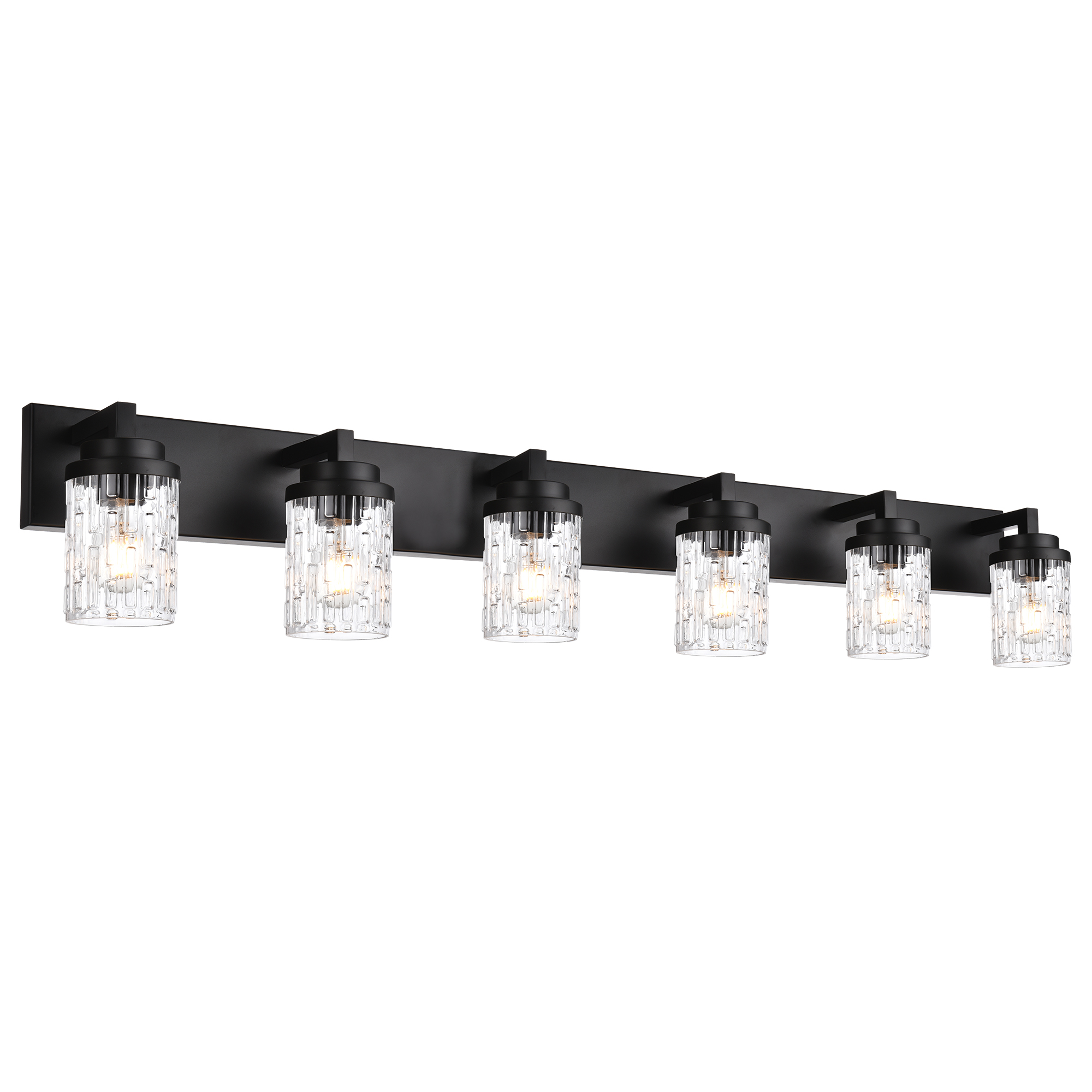landscape lights low voltage
Landscape Lights Low Voltage: Enhancing Outdoor Spaces with Efficiency and Elegance
Foreword
Outdoor lighting is more than just a practical way to illuminate your property after dark; it’s an art form that can transform your landscape into a serene and enchanting space. Among the various lighting options available, landscape lights low voltage have emerged as a favorite for homeowners looking to create a beautiful and energy-efficient outdoor environment. In this article, we will explore the benefits, installation process, and creative applications of low voltage landscape lighting.
Understanding Low Voltage Landscape Lighting
Low voltage landscape lighting refers to a system that operates on a reduced electrical current, typically ranging from 12 to 24 volts. This is significantly lower than the standard 120-volt systems used in most homes. The primary advantage of landscape lights low voltage is the reduced energy consumption, which not only saves on electricity bills but also minimizes the risk of electrical hazards.
Key Benefits:
- Energy Efficiency: Low voltage systems consume approximately 80% less energy than their high-voltage counterparts, making them an environmentally friendly and cost-effective choice.
- Safety: Lower voltage reduces the risk of electrical shock, making it safer for DIY installation and maintenance.
- Flexibility: Low voltage lighting systems are easier to install and can be tailored to fit a variety of outdoor spaces and designs.
The Installation Process

Installing landscape lights low voltage can be a manageable DIY project for homeowners with basic electrical knowledge. Here’s a step-by-step guide to help you through the process:
1. Plan Your Design:
Before you start, plan the layout of your lighting design. Consider the areas you want to illuminate and the type of fixtures that would best complement your landscape.
2. Choose Your Transformer:
The transformer is the heart of your low voltage lighting system. It steps down the 120-volt current from your home to the 12 or 24 volts needed for your lights.
3. Install the Transformer:
Mount the transformer near the power source and ensure it is grounded. Connect the low voltage wire from the transformer to the lighting fixtures.
4. Layout the Wires:
Bury the low voltage wires in a shallow trench, making sure they are protected from sharp objects that could damage them.
5. Install Fixtures:
Attach the lighting fixtures to the wires, ensuring they are securely fastened and positioned correctly.
6. Connect to the Transformer:
Connect the wires from the fixtures to the transformer, following the manufacturer’s instructions.
7. Test and Adjust:
Turn on the transformer to test the lights. Adjust the positioning of the fixtures as needed to achieve the desired effect.
Creative Applications
Low voltage landscape lighting offers endless possibilities for enhancing the beauty and functionality of your outdoor space. Here are some creative applications:
1. Pathway Lighting:
Line your walkways and driveways with landscape lights low voltage to provide safe and inviting illumination.
2. Accent Lighting:
Highlight key features of your landscape, such as trees, statues, or architectural elements, with strategically placed accent lights.
3. Water Feature Lighting:
Enhance the beauty of your pond, fountain, or waterfall with underwater lights that create a serene and enchanting atmosphere.
4. Deck and Patio Lighting:
Create a cozy and inviting ambiance for your outdoor entertaining areas with low voltage lights.
5. Security Lighting:

Use landscape lights low voltage to illuminate dark corners and entryways, providing both beauty and security.
Maintenance and Safety Tips
Maintaining your low voltage landscape lighting is essential for ensuring its longevity and efficiency. Here are some tips:
- Regular Cleaning: Keep your fixtures clean to maximize light output and prevent damage from debris.
- Inspection: Periodically check the wires and connections for any signs of wear or damage.
- Timers and Sensors: Use timers or motion sensors to automate your lighting system, saving energy and extending the life of your bulbs.
Safety Considerations:
- Electrical Safety: Always turn off the power when working on the lighting system.
- Proper Grounding: Ensure that the transformer and all fixtures are properly grounded.
- Weatherproofing: Use weatherproof fixtures and wiring to protect against moisture and other environmental factors.
By harnessing the power of landscape lights low voltage, you can create a stunning outdoor space that is both energy-efficient and safe. Whether you’re looking to enhance your property’s curb appeal, provide safe navigation through your yard, or simply create a serene atmosphere for evening relaxation, low voltage landscape lighting offers the perfect solution. With careful planning, installation, and maintenance, your outdoor space will be transformed into a beautiful and functional extension of your home.

